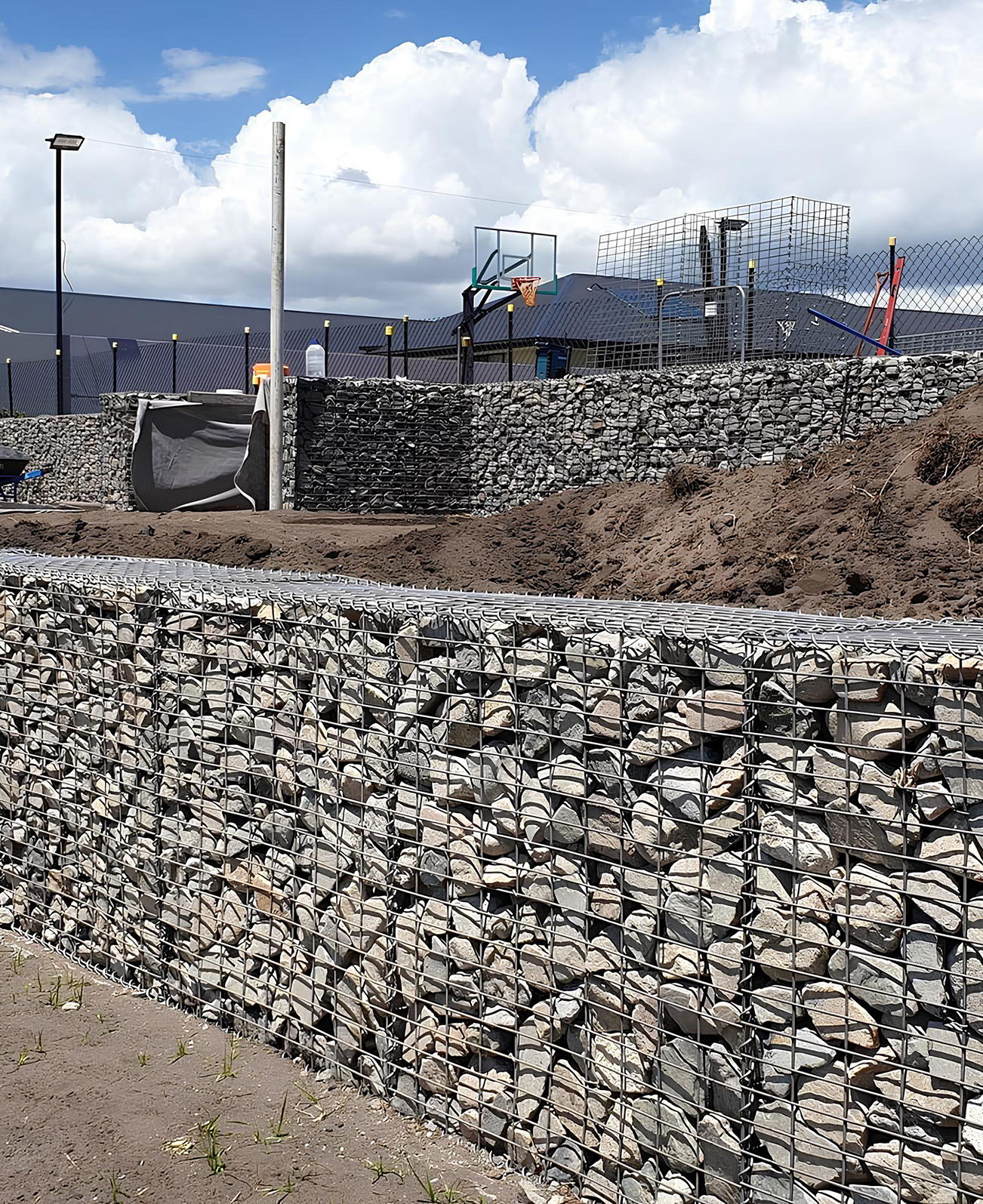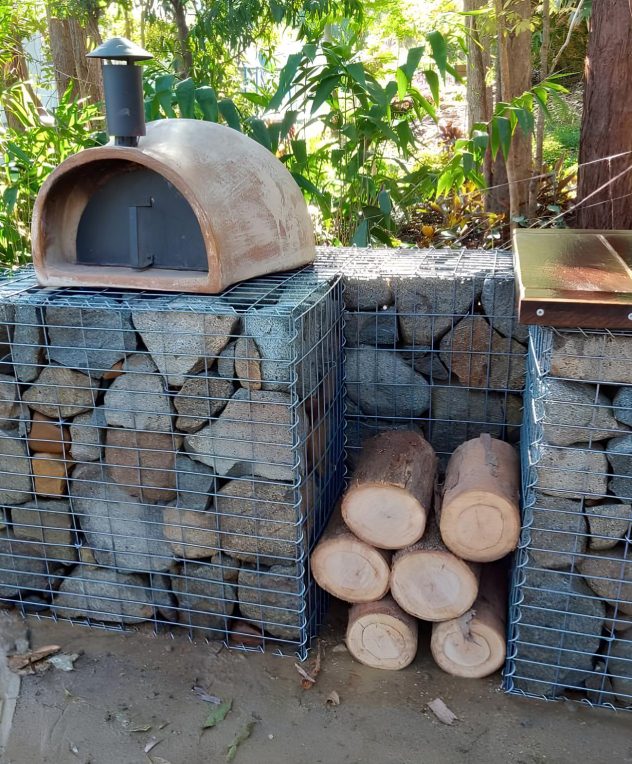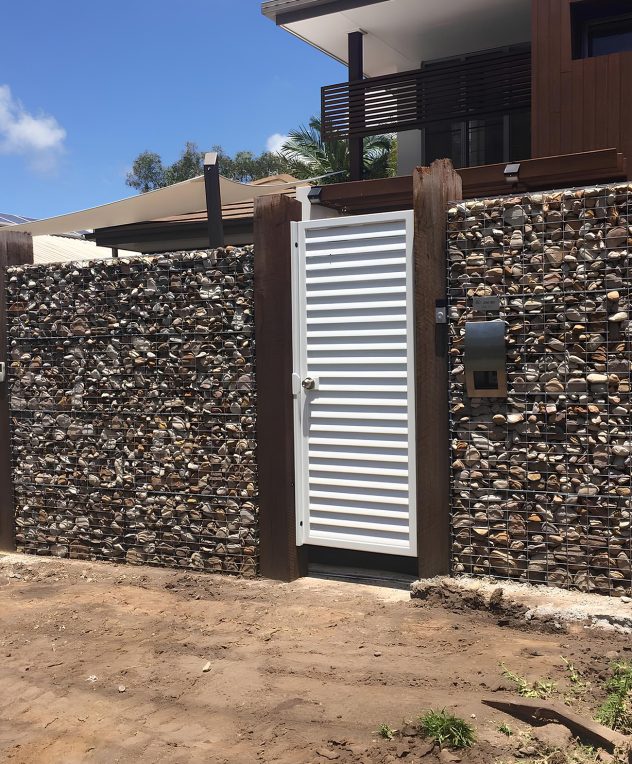
How to Choose the Right Gabion Size for Your Project Needs
When planning a project that involves gabions, selecting the appropriate size is crucial to ensuring effectiveness and durability. Gabions are versatile structures made of wire mesh filled with rocks, soil, or other materials, used for various applications, including erosion control, retaining walls, and landscaping. This guide provides essential tips to help you choose the right gabion size for your specific applications.
-
- Understand Your Project Requirements: The first step in determining the right gabion size is to clearly define your project’s requirements. Consider the following factors:
- Purpose: What is the primary function of the gabion? Are you using it for erosion control, decorative landscaping, or structural support? The purpose will dictate the size and design needed.
- Location: Analyze the site conditions, including soil type, slope, and drainage. This information is critical for understanding how much weight and pressure the gabion will need to withstand.
- Load-Bearing Needs: For retaining walls, ensure the gabion can handle the anticipated loads. This may involve consulting with an engineer to calculate the forces acting on the wall.
- Choose the Appropriate Dimensions: Gabions come in various shapes and sizes, typically rectangular or cylindrical. Consider the following when selecting dimensions:
- Height: Taller gabions may be necessary for retaining walls or steep slopes. However, they may require more reinforcement to prevent toppling. A common height for retaining wall gabions ranges from 1 to 2 meters.
- Width and Depth: The width and depth of the gabion will depend on the amount of fill material required. A standard width is around 1 meter, but this can be adjusted based on your project’s specific needs. A depth of 0.5 to 1 meter is often suitable for most applications.
- Volume: Calculate the volume of the gabion based on its dimensions. Ensure that the volume is sufficient to accommodate the intended fill material, keeping in mind the type of material being used.
- Consider Material Type and Size: The type of fill material used in the gabion will also influence the size selection:
- Rock Size: If using rocks, consider their size and weight. Larger rocks may require larger gabion openings to accommodate them. For example, if using 300mm rocks, the gabion mesh should be sized to allow for this.
- Soil and Gravel: If filling with soil or gravel, smaller gabions may suffice, as these materials can easily fill gaps. However, ensure the mesh size prevents loss of material while allowing drainage.
- Local Regulations and Standards : Before finalizing your gabion size, check local building codes and regulations. Some regions may have specific guidelines regarding gabion installations, particularly for retaining walls and erosion control structures. Compliance with these regulations is crucial for safety and project approval.
- Seek Professional Guidance:If you’re unsure about the appropriate gabion size for your project, don’t hesitate to consult with professionals. Engineers, landscape architects, or gabion suppliers can provide valuable insights based on their experience and expertise. They can help you assess your project’s unique needs and suggest the best gabion options.
- Understand Your Project Requirements: The first step in determining the right gabion size is to clearly define your project’s requirements. Consider the following factors:






Leave a Reply